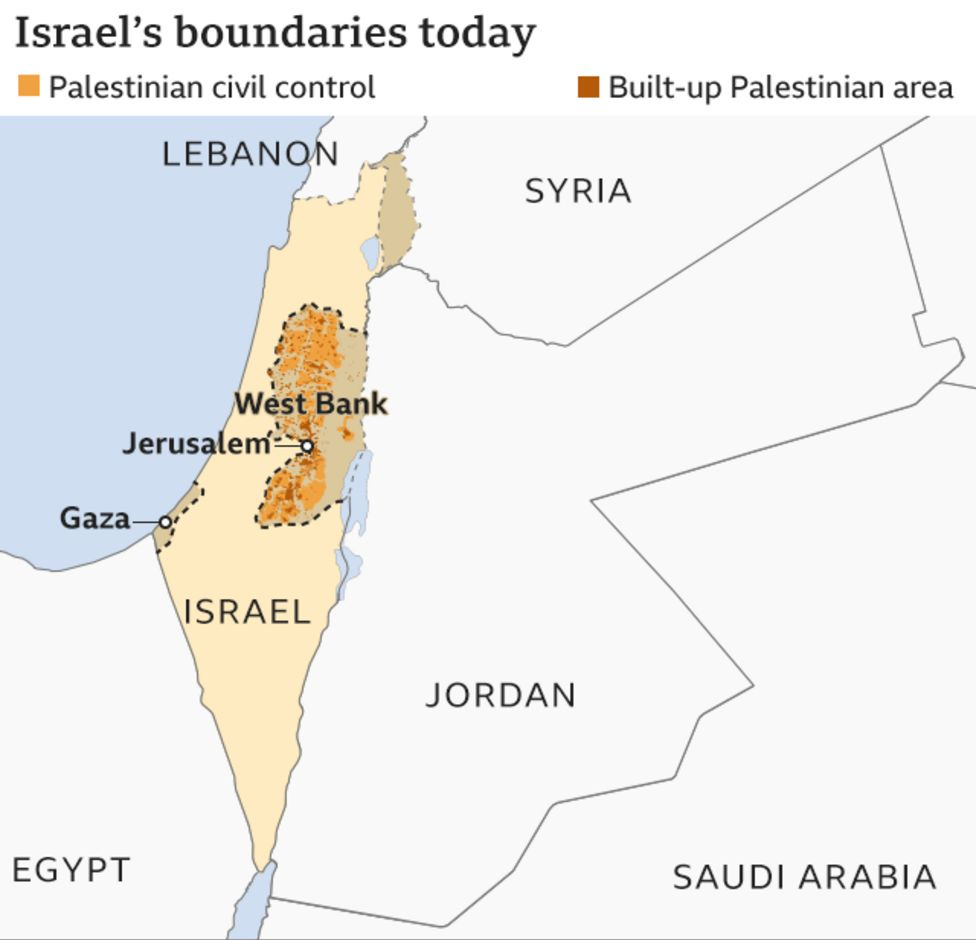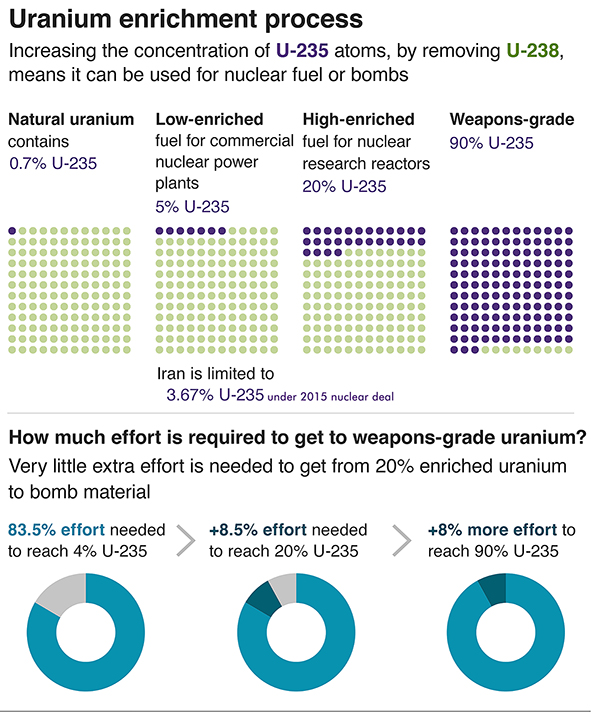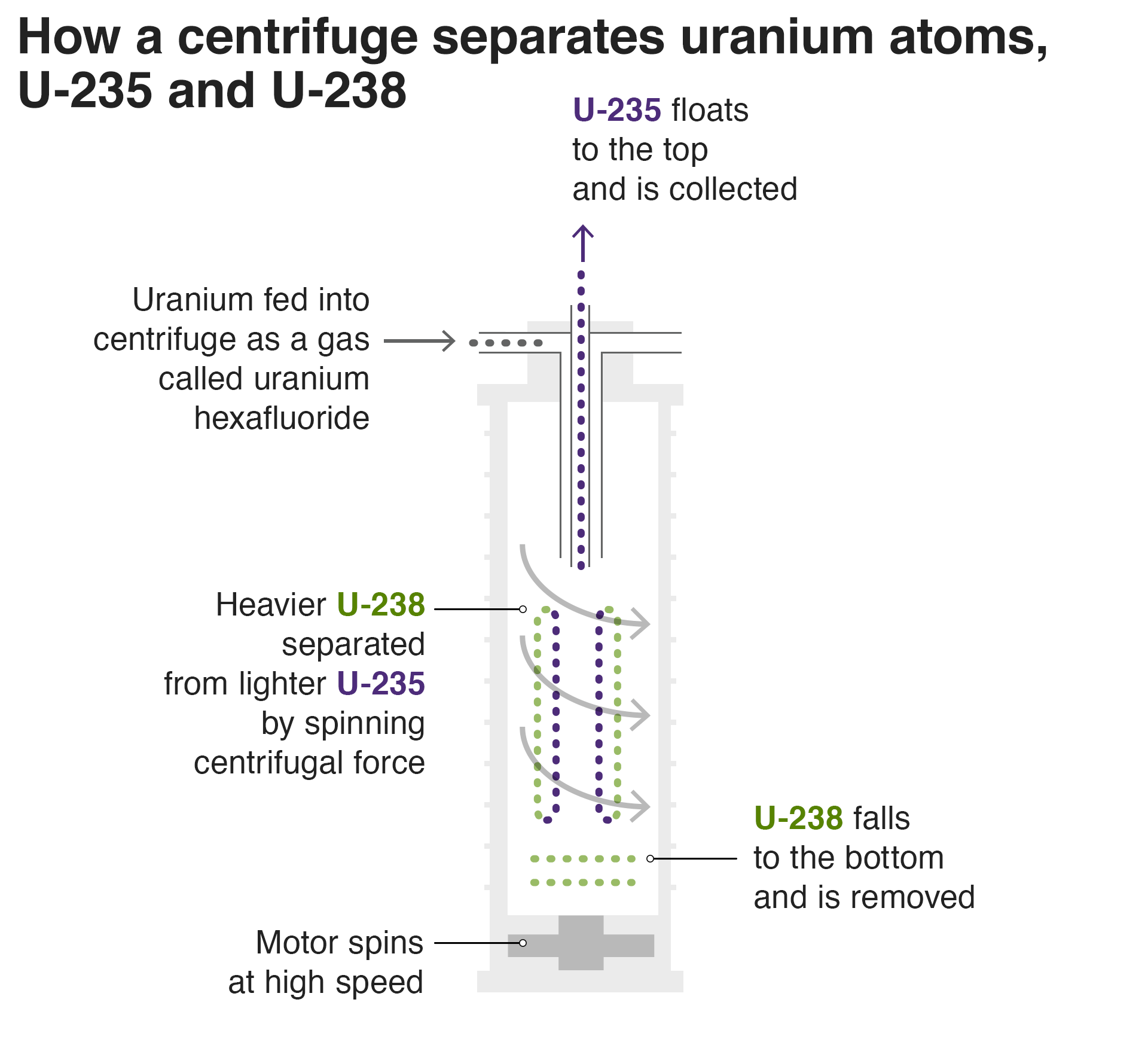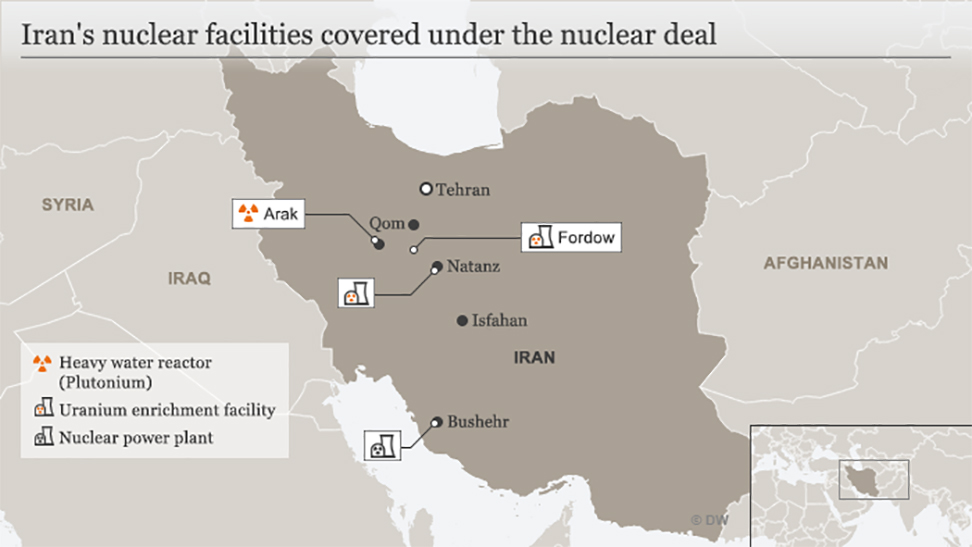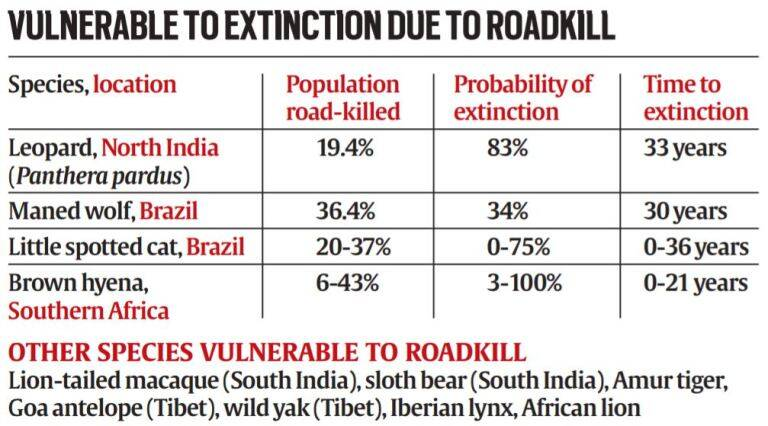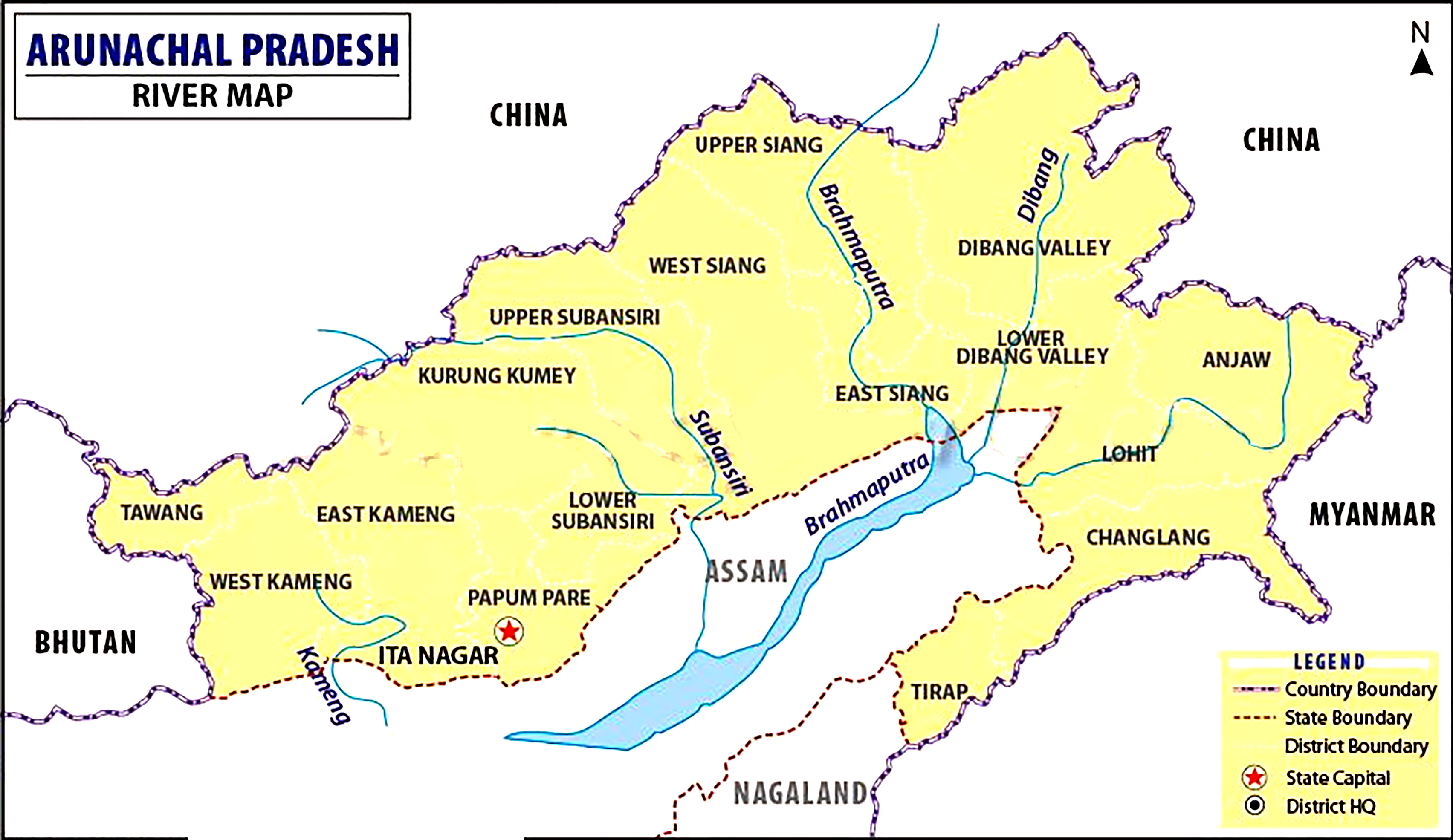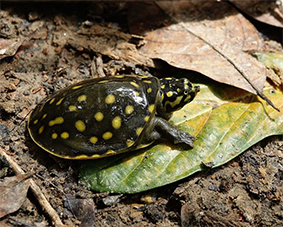International Relations
India’s De-Hyphenated Policy: Israel and Palestine
Why in News
Recently, on the sidelines of the COP26 summit in Glasgow, the Prime Minister of Palestine called for India’s support to play a stabilising role in West Asia by maintaining cooperation with all related parties.
- This statement is significant in the context of India’s External Affairs Minister visit to Israel, whereby he excluded a trip to the Palestinian territory.
- India in the recent year has been following a dehyphenation policy between Israel and Palestine.
Key Points
- India’s Policy Towards Israel and Palestine:
- The Israeli-Palestinian conflict dates back to the end of the nineteenth century. It is linked to the age-old tussle over identity and land starting with Jerusalem.
- In 1947, the United Nations (UN) adopted Resolution 181, known as the Partition Plan, which sought to divide the British Mandate of Palestine into Arab and Jewish states.
- This led to unresolved conflict between Israel and Palestine.
- Traditionally, India’s foreign policy towards Israel and Palestine has been a hyphenated foreign policy.
- However, hyphenating the ties with Israel – linking them to ties with the Palestinian Authority – essentially prevented India from pursuing a pragmatic policy of what was in India’s best interests.
- In recent times, India is being seen shifted towards a Dehyphenation of Policy.
- The Israeli-Palestinian conflict dates back to the end of the nineteenth century. It is linked to the age-old tussle over identity and land starting with Jerusalem.
- Dehyphenation of Policy:
- India’s policy on the longest running conflict in the world has gone from being unequivocally pro-Palestine for the first four decades, to a tense balancing act with its three-decade-old friendly ties with Israel.
- In recent years, India’s position has also been perceived as pro-Israel.
- In 2017, in an unprecedented move, India’s PM visited only Israel and not Palestine.
- Then, the recent visit of the Prime Minister to Palestine, Oman and the UAE is again a continuation of similar policy.
- This departure from earlier policy and endorsing an independent policy towards these two rivals is called the de-hyphenation in India’s foreign policy.
- It means India’s relationship with Israel would stand on its own merits, independent and separate from India’s relationship with the Palestinians.
- The de-hypenhation is actually a careful balancing act, with India shifting from one side to another as the situation demands.
- As India moves towards becoming a larger player in global politics and economics, these pre-existing policies are increasingly in need of review, and de-hyphenating Israel and Palestine was a process long past its due date.
- In recent years, India has broken the tradition of supporting Palestine at the UN.
- In 2019, India voted in favour of Israel at the ECOSOC (Economic and Social Council) to deny observer status to a Palestinian organisation named Shahed.
- Further, India abstained during the voting on a resolution calling for investigation into Israeli actions in the Gaza Strip at the Human Rights Council.
- India’s policy on the longest running conflict in the world has gone from being unequivocally pro-Palestine for the first four decades, to a tense balancing act with its three-decade-old friendly ties with Israel.
- Palestine Call For India:
- India had a historic tradition of supporting the rights of the Palestinian people. Palestine wants India's technical support to be “parallel to the political support”.
- It wants India to reaffirm supporting the Palestinian people’s right to self-determination and the establishment of an independent State of Palestine, with Jerusalem as its capital.
Way Forward
- India’s role in multilateral organisations requires “strenuous efforts in cooperation with all related parties to achieve security and stability in the Middle East and West Asia”.
- India is currently serving as a non-permanent member of the United Nations Security Council for 2021-22 and was re-elected to the Human Rights Council for the 2022-24. India should use these multilateral forums to act as a mediator to resolve the Israel-Palestine issue.
International Relations
Enriched Uranium Stockpile by Iran
Why in News
Recently, Iran’s atomic agency said that its stockpile of 20% enriched uranium has reached over 210 kilograms.
- In April 2021, the International Atomic Energy Agency (IAEA) said Iran had begun the process of enriching uranium to 60% fissile purity at an above-ground nuclear plant at Natanz.
- Under the historic 2015 nuclear deal between Iran and the World Powers, Iran was not meant to enrich uranium above 3.67%. Enriched uranium above 90% can be used for nuclear weapons.
Key Points
- Uranium Enrichment:
- Natural uranium consists of two different isotopes - nearly 99% U-238 and only around 0.7% of U-235.
- U-235 is a fissile material that can sustain a chain reaction in a nuclear reactor.
- Enrichment process increases the proportion of U-235 through the process of isotope separation (U-238 is separated from U-235).
- For nuclear weapons, enrichment is required upto 90% or more which is known as weapons-grade uranium.
- Low-enriched uranium, which typically has a 3-5% concentration of U-235, can be used to produce fuel for commercial nuclear power plants.
- Highly enriched uranium has a purity of 20% or more and is used in research reactors.
- Natural uranium consists of two different isotopes - nearly 99% U-238 and only around 0.7% of U-235.
- Associated Concerns:
- The tricky process of enrichment becomes far easier and requires fewer centrifuges as it moves into the higher purities.
- In other words, getting to 90% purity is much easier starting from 20%, and easier still starting from 60%.
- 2015 Nuclear Deal:
- In 2015, Iran with the P5+1 group of world powers - the USA, UK, France, China, Russia, and Germany agreed on a long-term deal on its nuclear programme.
- The deal was named as Joint Comprehensive Plan of Action (JCPOA) and in common parlance as Iran Nuclear Deal.
- Under the deal, Iran agreed to curb its nuclear activity in return for the lifting of sanctions and access to global trade.
- The agreement allowed Iran to accumulate small amounts of uranium for research but it banned the enrichment of uranium, which is used to make reactor fuel and nuclear weapons.
- Iran was also required to redesign a heavy-water reactor being built, whose spent fuel would contain plutonium suitable for a bomb and to allow international inspections.
- In May 2018, the USA abandoned the deal criticising it as flawed and reinstated and tightened its sanctions.
- Since sanctions were tightened, Iran has been steadily breaking some of its commitments to pressure the remaining signatories to find a way to provide sanctions relief.
- After months of delays, the European Union, Iran and the US have recently announced that indirect talks to resuscitate the deal would resume on 29th November 2021 in Vienna.
- In 2015, Iran with the P5+1 group of world powers - the USA, UK, France, China, Russia, and Germany agreed on a long-term deal on its nuclear programme.
Indian Economy
RBI Committee on Asset Reconstruction Companies
Why in News
A Reserve Bank of India (RBI) committee has come out with a host of suggestions in a bid to streamline the functioning of Asset Reconstruction Companies (ARCs).
Asset Reconstruction Companies (ARCs)
- It is a specialized financial institution that buys the Non Performing Assets (NPAs) from banks and financial institutions so that they can clean up their balance sheets.
- A NPA is a loan or advance for which the principal or interest payment remained overdue for a period of 90 days.
- Typically, ARCs buy banks’ bad loans by paying a portion as cash upfront (15% as mandated by the RBI), and issue security receipts (SRs) for the balance (85%).
- This helps banks to concentrate on normal banking activities. Banks, rather than going after the defaulters by wasting their time and effort, can sell the bad assets to the ARCs at a mutually agreed value.
- The Securitization and Reconstruction of Financial Assets and Enforcement of Security Interest (SARFAESI) Act, 2002 provides the legal basis for the setting up of ARCs in India.
- The Act helps reconstruction of bad assets without the intervention of courts. Since then, a large number of ARCs were formed and were registered with the RBI.
- RBI has got the power to regulate the ARCs.
Key Points
- Background:
- The performance of the ARCs has so far remained lacklustre, both in ensuring recovery and in revival of businesses.
- Lenders could recover only about 14.29% of the amount owed by borrowers in respect of stressed assets sold to ARCs in the 2004-2013 period.
- To improve the performance of ARCs, the RBI had appointed the committee (headed by Sudarshan Sen) to examine the issues and recommend measures for enabling ARCs to meet the growing requirements of the financial sector.
- Suggestions:
- Online Platform for Sale of Stressed Assets:
- Recognising the need for transparency and uniformity of processes in sale of stressed assets to ARCs, the Committee feels that an online platform may be created for sale of stressed assets.
- Expanding Scope of SARFAESI Act:
- The scope of Section 5 of the SARFAESI Act may be expanded to allow ARCs to acquire ‘financial assets’, for the purpose of reconstruction, not only from banks and ‘financial institutions’ but also from such entities as may be notified by the RBI.
- Under these proposed powers, the RBI may consider permitting ARCs to acquire financial assets from all regulated entities, including Alternative Investment Fund (AIFs), Foreign Portfolio Investors (FPIs),Asset Management Company (AMCs) making investment on behalf of Mutual Funds (MFs) and all Non-Banking Financial Companies (NBFCs).
- Providing Additional Resources:
- ARCs are to be allowed to sponsor SEBI-registered Alternative Investment Funds to raise resources for facilitating restructuring of bad loans purchased by them.
- Using IBC:
- Envisaging ARCs as a prime vehicle for resolution of stressed assets, the regulations should allow ARCs to also use the Insolvency and Bankruptcy Code (IBC) framework for this purpose.
- Large Loans for sale to ARCs:
- Large loans and loans that have been in default for over two years should be considered for sale to ARCs by banks. Final approval of the reserve price should be given by a high-level committee.
- Reserve price plays a critical role in ensuring true price discovery in auctions conducted for sale of stressed assets.
- Large loans and loans that have been in default for over two years should be considered for sale to ARCs by banks. Final approval of the reserve price should be given by a high-level committee.
- For Ensuring Debt Aggregation:
- The Committee has said that if 66% of lenders (by value) decide to accept an offer by an ARC, the same may be binding on the remaining lenders and it must be implemented within 60 days of approval by majority lenders (66%).
- Aggregate Debt means the total of principal and interest that is owed by the debtor to the creditors at the time of execution of the debt settlement agreement.
- The Committee has said that if 66% of lenders (by value) decide to accept an offer by an ARC, the same may be binding on the remaining lenders and it must be implemented within 60 days of approval by majority lenders (66%).
- If a lender fails to agree, it will be subjected to 100% provisioning on the loan outstanding.
- Provisioning of loan: Booking a provision means that the bank recognises a loss on the loan ahead of time.
- For NARCL:
- In respect of the proposed National Asset Reconstruction Company Limited (NARCL) by India for cleaning the books of Public Sector Banks (PSBs), the RBI should ensure fair competition between the NARCL and private ARCs to promote the objectives of true price discovery through the market mechanism.
- Online Platform for Sale of Stressed Assets:
- Expected Benefits:
- Get Rid of Stressed Loans:
- The suggestions are aimed at enabling banks to get rid of stressed loans in the early stage of default and nudge reluctant minority lenders into joining the sale. The norms also seek to appoint valuers for large-value loans that are sold.
- Help ARCs Raise Resources:
- The recommendations are timely and will help ARCs raise resources by tapping different categories of market participants eligible for investment in security receipts.
- Banks have also been incentivised for sale of NPA (Non-Performing Asset) early with provision to spread loss over two years.
- Get Rid of Stressed Loans:
Biodiversity & Environment
Increased Risk of Extinction: Leopards
Why in News
According to a study published in the journal Global Ecology and Biogeography, the leopard faces an 83% increased risk of extinction in North India due to roadkill.
Key Points
- Findings of the Study:
- The leopard population of North India is at highest risk among four animal populations identified as being the most vulnerable to extinction in the next 50 years if observed roadkill levels persist.
- Leopard is followed by the maned wolf and the little spotted cat, both of Brazil, and the brown hyena of southern Africa.
- At an 83% increased risk, the study estimates the time to the North Indian leopard population’s extinction at 33 years.
- Other populations found highly vulnerable include the lion-tailed macaque (Macaca silenus) and sloth bear (Melursus ursinus) in South India.
- The study brings attention to Sub-Saharan Africa and south-eastern Asia as regions where roads can lead to loss of mammalian biodiversity and thus, areas where future road development and road mitigation need to be carefully considered.
- The leopard population of North India is at highest risk among four animal populations identified as being the most vulnerable to extinction in the next 50 years if observed roadkill levels persist.
- Leopard:
- Scientific Name: Panthera pardus
- About:

- The leopard is the smallest of the Big Cats (Of genus Panthera namely the Tiger, Lion, Jaguar, Leopard, and Snow Leopard), and known for its ability to adapt in a variety of habitats.
- A nocturnal animal, the leopard hunts by night.
- It feeds on smaller species of herbivores found in its range, such as the chital, hog deer and wild boar.
- Melanism is a common occurrence in leopards, wherein the entire skin of the animal is black in colour, including its spots.
- A melanistic leopard is often called black panther or jaguar, and mistakenly thought to be a different species.
- Habitat:
- It occurs in a wide range in sub-Saharan Africa, in small parts of Western and Central Asia, on the Indian subcontinent to Southeast and East Asia.
- The Indian leopard (Panthera pardus fusca) is a leopard widely distributed on the Indian subcontinent.
- It occurs in a wide range in sub-Saharan Africa, in small parts of Western and Central Asia, on the Indian subcontinent to Southeast and East Asia.
- Population in India:
- As per a recent report ‘Status of leopards in India, 2018’ released by the Ministry of Environment, Forest and Climate Change, there has been a “60% increase in the population count of leopards in India from 2014 estimates’’.
- The 2014 estimates placed the population of leopards at nearly 8,000 which has increased to 12,852.
- The largest number of leopards have been estimated in Madhya Pradesh (3,421) followed by Karnataka (1,783) and Maharashtra (1,690).
- As per a recent report ‘Status of leopards in India, 2018’ released by the Ministry of Environment, Forest and Climate Change, there has been a “60% increase in the population count of leopards in India from 2014 estimates’’.
- Threats:
- Poaching for the illegal trade of skins and body parts.
- Habitat loss and fragmentation
- Human-Leopard conflict
- Conservation Status:
- IUCN Red List: Vulnerable
- CITES: Appendix-I
- Indian Wildlife (Protection) Act, 1972: Schedule-I
Biodiversity & Environment
Mass Fish Death in Kameng River
Why in News
Recently, the landslides caused by an earthquake of 3.4 magnitude close to the border with China has led to mass fish death in the Kameng river in Arunachal Pradesh.
- The region has been placed into Seismic Zone V, thus most vulnerable to earthquakes.
Key Points
- About:
- The earthquake happened in the vicinity of the source of the river at an elevation of about 6,300 metres above Mean Sea Level.
- The landslides dumped several tonnes of mud and rocks into the river, substantially reducing the flow of water.
- The river turned blackish due to very high turbidity resulting in low dissolved oxygen that killed the fish.
- Low dissolved oxygen concentrations can arise through natural phenomena that include seasonality, changes in river flow, and both saline and thermal stratification of the water column.
- Low dissolved oxygen levels can also indicate an excessive demand on the oxygen in the system.
- Kameng River:
- It originates in Tawang district from the glacial lake below snow-capped Gori Chen mountain on the India-Tibet border.
- Kameng is not a transboundary river.
- It flows through Bhalukpong circle of West Kameng District, Arunachal Pradesh and Sonitpur District of Assam.
- It becomes a braided river in its lower reaches and is one of the major tributaries of the Brahmaputra River.
- It joins Brahmaputra river at Tezpur, just east of the Kolia Bhomora Setu bridge, Assam.
- It forms the boundary between East Kameng District and West Kameng Districts.
- It also forms the boundary between the Sessa and Eaglenest sanctuaries to its west (Arunachal Pradesh) and the Pakke tiger reserve to the east (Arunachal Pradesh).
- The Dafla Hills are east and the Aka Hills are located west of the Kameng River.
- Tributaries: Tippi, Tenga, Bichom and Dirang Chu.
- Historical Significance:
- During the medieval period i.e. between 13th to early 16th century, it marked the borders between the Chutiya kingdom and the Kamata kingdom.
- Later, in the 16th century, after the annexation of the Chutiya kingdom by the Ahoms and the downfall of Kamata kingdom, it acted as the border between the Ahom kingdom and Baro-Bhuyan rule.
- The Chutiya Kingdom (also Sadiya) was a late medieval state that developed around Sadiya in present Assam and adjoining areas in Arunachal Pradesh.
- The Kamata Kingdom emerged in western Kamarupa probably when Sandhya, a ruler of Kamarupanagara, moved his capital west to Kamatapur sometime after 1257 CE.
- Kamarupa is an ancient state corresponding roughly to what is now the state of Assam.
- Sukapha was a 13th-century ruler who founded the Ahom kingdom that ruled Assam for six centuries.
- The Baro-Bhuyans refers to the confederacies of soldier-landowners in Assam and Bengal in late middle age and early modern period.
- It originates in Tawang district from the glacial lake below snow-capped Gori Chen mountain on the India-Tibet border.
Important Facts For Prelims
Indian Flapshell Turtles
Why in News
Recently, forest officials from Odisha found 40 Indian flapshell turtles in baskets in an alleged smuggling racket.
Key Points
- About:
- The Indian flapshell turtle is a freshwater species of turtle and is found in many states.
- The “flap-shelled” name stems from the presence of femoral flaps located on the plastron. These flaps of skin cover the limbs when they retract into the shell.
- It is a relatively small soft-shell turtle with a carapace length of up to 350 millimetres.
- Scientific Name: Lissemys punctata
- The Indian flapshell turtle is a freshwater species of turtle and is found in many states.
- Distribution:
- They are found in Pakistan, India, Sri Lanka, Nepal, Bangladesh (Indus and Ganges drainages), and Myanmar (Irrawaddy and Salween Rivers).
- They live in the shallow, quiet, often stagnant waters of rivers, streams, marshes, ponds, lakes and irrigation canals, and tanks.
- These turtles prefer waters with sand or mud bottoms because of their tendency to burrow.
- Conservation Status:
- IUCN Red List: Vulnerable
- CITES: Appendix II
- Wildlife (Protection) Act, 1972: Schedule I
- Threats:
- Turtles are smuggled and killed for their supposed aphrodisiac properties, livestock feed, to make leather from their skins, to make potions from their blood and to use as fishing bait.
- Turtles are also used for meat and medicines.
- Steps Taken for Conservation:
- KURMA App:
- It has a built-in digital field guide covering 29 species of freshwater turtles and tortoises of India.
- It was developed by the Indian Turtle Conservation Action Network (ITCAN) in collaboration with the Turtle Survival Alliance-India and Wildlife Conservation Society-India.
- World Turtle Day is observed every year on 23rd May.
- KURMA App:
Important Facts For Prelims
Adi Shankaracharya
Why in News
Recently, the Prime Minister has unveiled a 12-foot statue of Adi Shankaracharya at Kedarnath (Uttarakhand).
Key Points
- About:
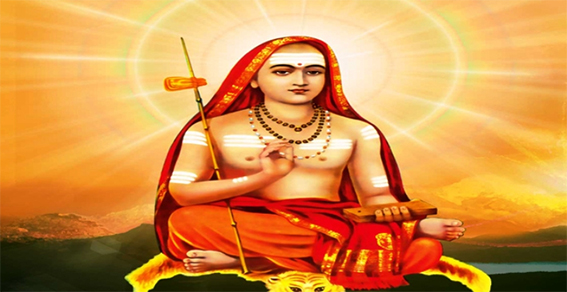
- Known as Adi Shankara, born 11th May 788 AD, at Kaladi near Kochi, Kerala.
- Took Samadhi at the age of 33, at Kedar tirth.
- He was a devotee of Shiva.
- Propounded the Doctrine of Advaita (Monism) and wrote many commentaries on the Vedic canon (Upanishads, Brahma Sutras and Bhagavad Gita) in Sanskrit.
- He was opposed to Buddhist philosophers.
- Known as Adi Shankara, born 11th May 788 AD, at Kaladi near Kochi, Kerala.
- Major Work:
- Brahmasutrabhasya (Bhashya or commentary on the Brahma Sutra).
- Bhajagovinda Stotra.
- Nirvana Shatakam.
- Prakaran Granths.
- Other Contributions:
- Was responsible for reviving Hinduism in India to a great extent when Buddhism was gaining popularity.
- Established four Mathas in the four corners of India at Shingeri, Puri, Dwaraka and Badrinath– for propagation of Sanathana Dharma.
- Advaita Vedanta:
- It articulates a philosophical position of radical nondualism, a revisionary worldview which it derives from the ancient Upanishadic texts.
- According to Advaita Vedantins, the Upanishads reveal a fundamental principle of nonduality termed ‘brahman’, which is the reality of all things.
- Advaitins understand brahman as transcending individuality and empirical plurality. They seek to establish that the essential core of one’s self (atman) is brahman.
- The fundamental thrust of Advaita Vedanta is that the atman is pure non-intentional consciousness.
- It is one without a second, nondual, infinite existence, and numerically identical with brahman.

